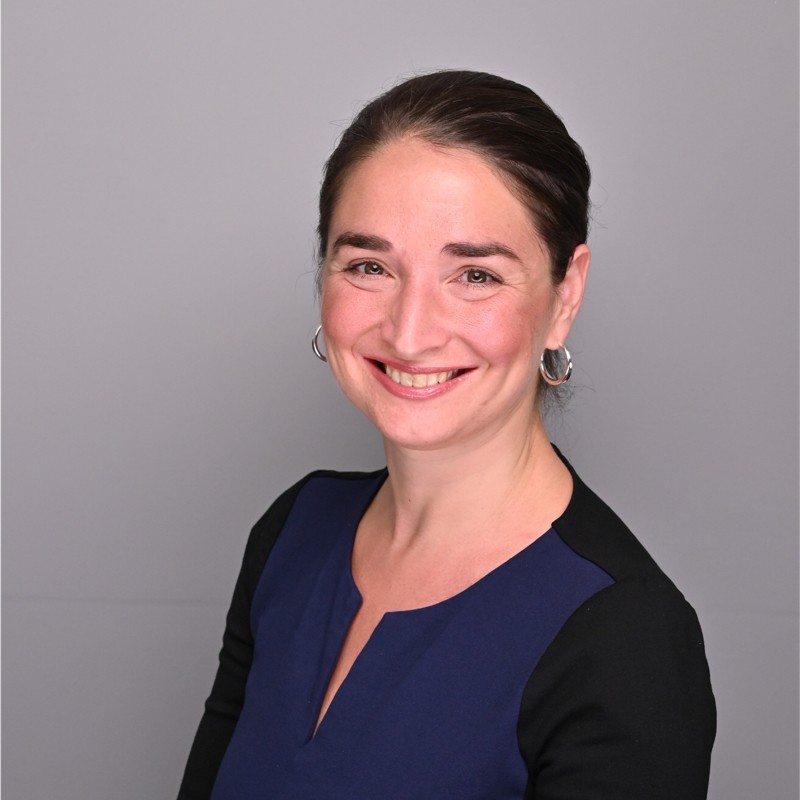In their recent Marketplace 100 report, Andreessen Horowitz highlighted Mental Health Marketplaces as having strong industry growth with many players in the space on their Marketplace 100 list. In today’s Insight Deep Dive, we dig further into Mental Health services, looking at how broader Telehealth trends have provided a tailwind, transaction frequency by service, and demographic skews in the space.
Telehealth overall has seen explosive growth in consumer spend over the last three years. Even as insurance companies have become more willing to pick up some of the tab, direct consumer spend has continued to rise. Spend for the industry was growing as high as 40-50% y/y even before the COVID-19 pandemic, with shelter in place orders raising the rate to almost 200% during the pandemic peak. Although growth has decelerated since then, this is partially due to increases in insurance acceptance that make the consumer portion of the bill tracked by our data less significant. Still, y/y growth in the first three months of 2023 remained a sizable 15-20%.
Subindustry Spend Growth

Mental Health Marketplaces specifically have benefitted from overall telehealth trends, with many offering online/phone appointments. These services see a large number of their customers coming back for return visits, leading to steady revenue streams. In 2022, Path Mental Health led our sample with an average of 11.3 visits per customer per year, followed closely by 9.9 for Headway and 9.5 for Alma.
Visit Frequency

Although Mental Health Marketplaces all attract different customer profiles, there are some similarities. For instance, five of six services tracked in this report have patients who skew 25-34 years old, with the remaining service Headway skewing slightly more towards 18-24 year olds. All of the services see higher penetration among high income shoppers, with Path Mental Health specifically showing an extremely high skew in this demographic – not surprising as the company also sees the most frequent visits. Although generally penetration of these services decreases as income goes down, high usage by those making under $20,000 may be concentrated in students who overlap with prime age demographics. Finally, most services tend to have higher penetration among coastal users in the West and Northeast.
User Demographics





